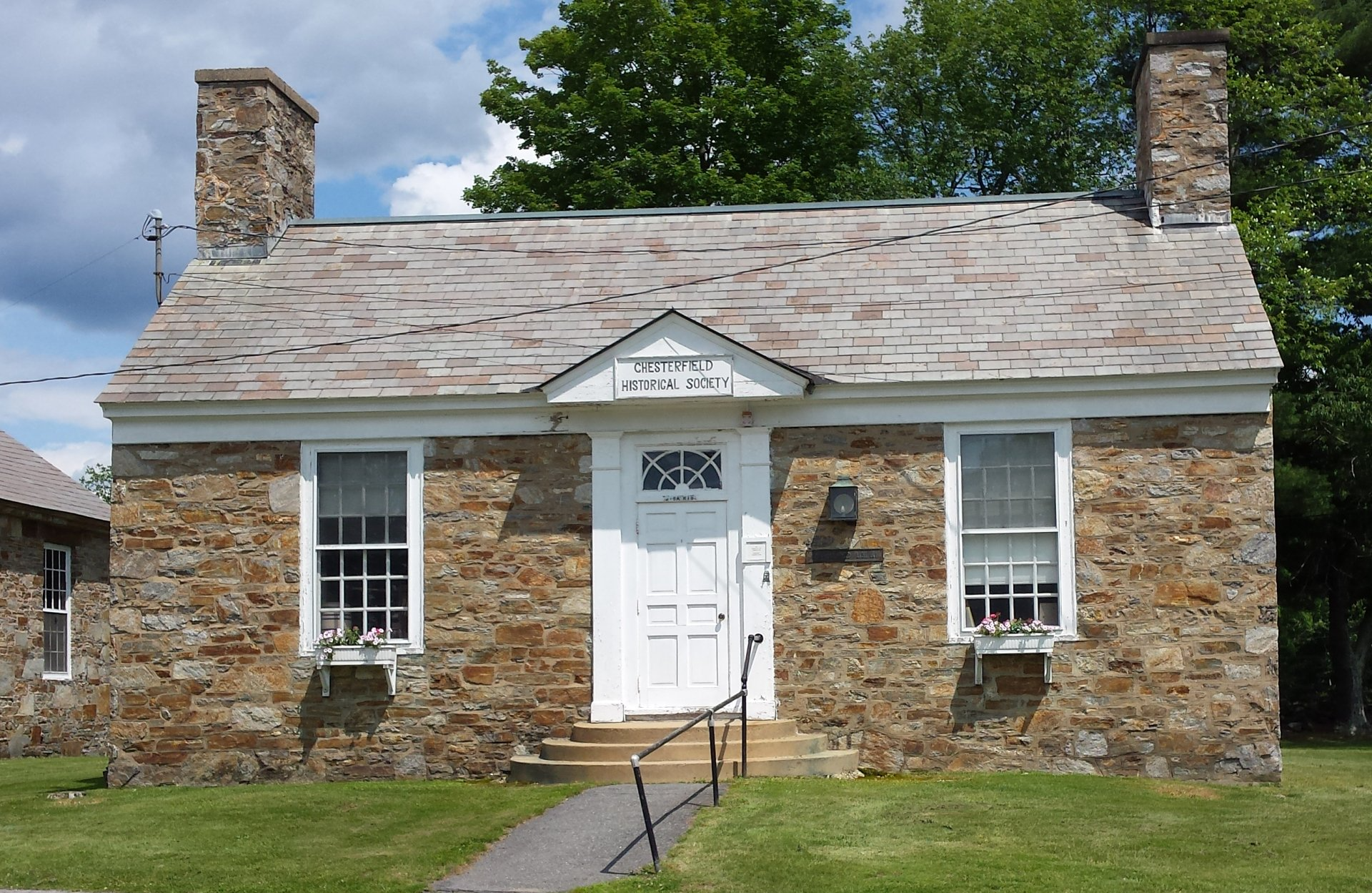The original ancestors of the pumpkin appeared in the late Paleocene era, the beginning of the Age of Mammals. However, the fruit of these early plants was not tasty. They were three to four inches around with tough skins, little flesh, and very bitter. Their seeds were widely distributed by megabeasts, like woolly mammoths and giant sloths. When these beasts disappeared, the pumpkin's ancestors almost became extinct. Small herbivores and even man couldn’t handle their toxicity. The theory is the plant found its salvation through domestication. Though the process is fuzzy, it started in Mexico and predates cultivating maize by about 1,000 years.
The Pumpkin Pie
More American Than the Apple Pie
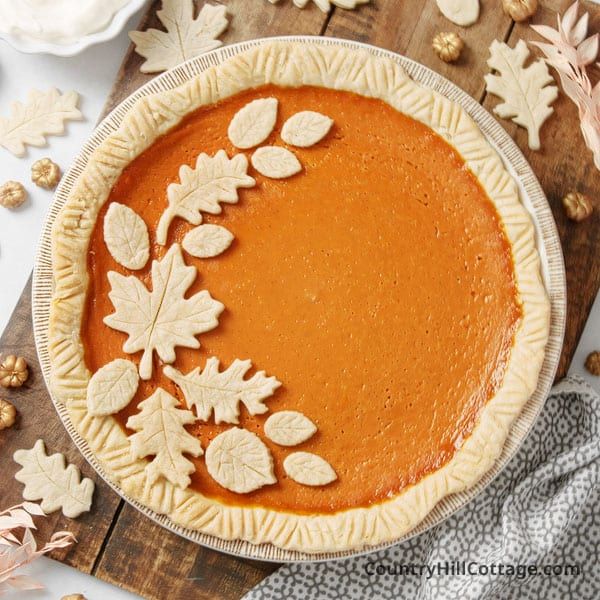
What typifies autumn more than an outing to the pumpkin patch! The word pumpkin is derived from the Greek word “peopon” meaning “large melon”. Over time the term evolved in Europe to “pompon” in France and “pumpion” in Great Britain. The Americanized version, “pumpkin” is more accurate, as the plant was only native to the New World. By the time the Europeans arrived in North America, the indigenous people had been growing them for over 10,000 years.
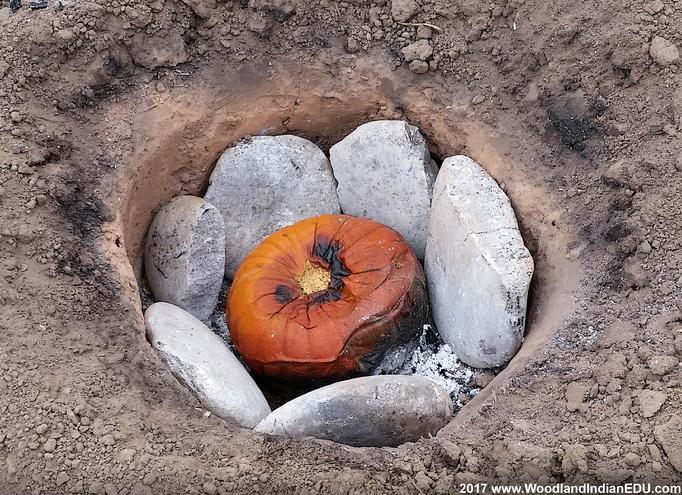
In the beginning, the toxic flesh was discarded for the edible seeds, and the hard rind was used in a variety of ways. Fortunately, the plant acted like a weed and would easily sprout from middens (refuse heaps) giving an abundant seed selection. Due to its genetic dexterity and some extensive native trading, five edible species were eventually cultivated in the Americas. By 2000BC, cultivated pumpkins had spread all the way to what is now New England.
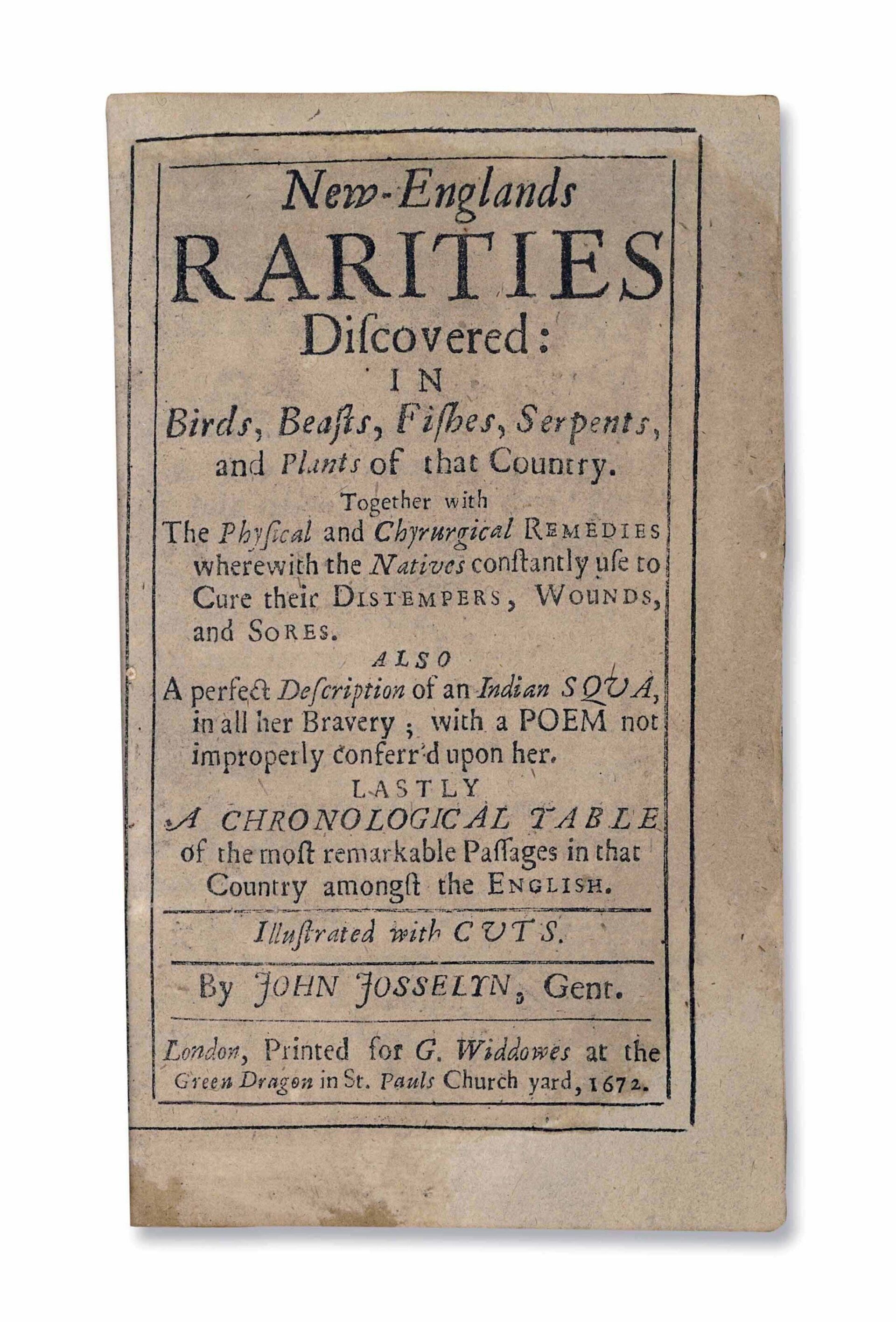
Thanks to the indigenous people, the colonists learned how to grow pumpkins, and the pumpkin quickly became a major food source. They were used in a wide variety of ways: sliced, roasted, boiled, stewed, dried, and even made into an ale. In Englishman John Josselyn's 1672 book New-Englands Rarities Discovered, he described “Stewed Pompion” as an “ancient New England standing dish”. Standing meant it was served every day, sometimes twice a day. Ancient implies that early New England cooks relied on it to feed their families for months at a time. In fact, early New Englanders relied so heavily on pumpkins that in the late 1700s, Yale students referred to them as “pumpkin heads”. It is said that before Boston was called Beantown, it was called Pumpkinshire.

Pumpkin pies began as a hollowed-out pumpkin with a soupy filling, baked in hot ashes. As more ingredients became available, cooks could prepare it in more elaborate ways. By the 18th century, the pie as we know it became popular. At that time, Thanksgiving was a growing New England holiday and the pumpkin pie became an essential part of the menu. So necessary, that in 1705, Colchester, CT postponed the holiday for a week, because there wasn’t enough molasses available for the townsfolk to make their quintessential pumpkin pies!

Unfortunately, there is a political twist to this story. Most abolitionist were from New England, including NH’s Sarah J. Hale. Abolitionist writing often contrasted the landscapes of the immoral plantation system to the idyllic little pumpkin filled farms of the north. Pumpkins came to identify one’s politics. Hale petitioned five Presidents to declare Thanksgiving a National Holiday, and finally succeeded with Lincoln in 1863. This immediately created a major backlash from the Confederacy where Thanksgiving and pumpkin pie were viewed as imposing Yankee traditions. For years, Southern families refused to celebrate Thanksgiving or make pumpkin pies. To a "true" Southerner, the irreplaceable sweet potato pie reigned!
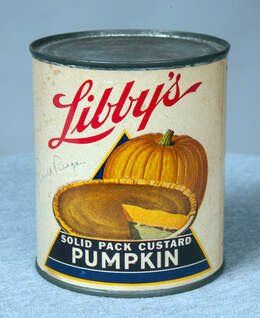
Fortunately, in the later 19th century, Thanksgiving was vigorously promoted by Women’s magazines, and pumpkin pie recipes spread across the land. In 1929, Libby’s of Chicago introduced canned pumpkin which quickly rose to prominence. It eliminated the cutting, baking, and straining work that gives the pie the right consistency. Also, it used the right variety of pumpkin, a sugar pumpkin. It is sweeter and denser than a cow pumpkin (jack-o-lantern) which produces a stringy texture.
Few of our Festive foods have deeper roots in America than
the Pumpkin Pie!
Fun Fact: The main difference between pumpkin and squash is that pumpkin is a fruit of the genus Cucurbita with a hard and jagged stem, while squash is a fruit also from the same genus with a less firm and hollow stem.
Photo Credit: Lead: Country Hill Cottage Evaporated milk Pumpkin Recipe
Megabeasts: The Museum of Arts and Science, Daytona Beach, Florida
Pumpkin in pit: 2017 Woodland Indians Education
Book: Applewood Books, Bedford, MA 1672: ISBN 0918222-79-6
Pumpkin soup: Country Living (UK) - Baked Pumpkin Soup
Portrait: Sarah Josepha Hale, 1831, by James Lambdin
Libby's Can: Eureka Public Library, Eureka, IL, Hometown History - Pumpkin Festival Past

